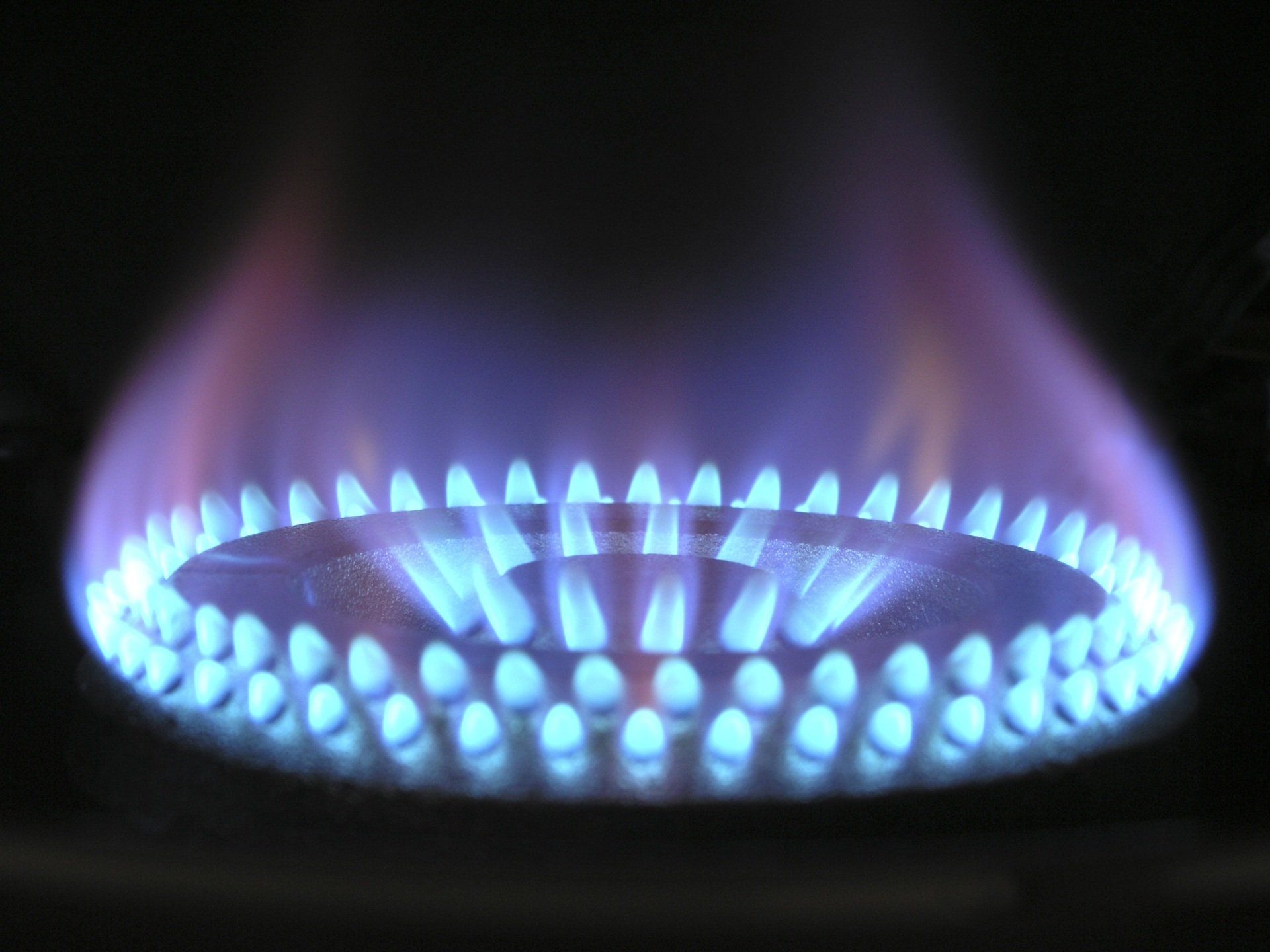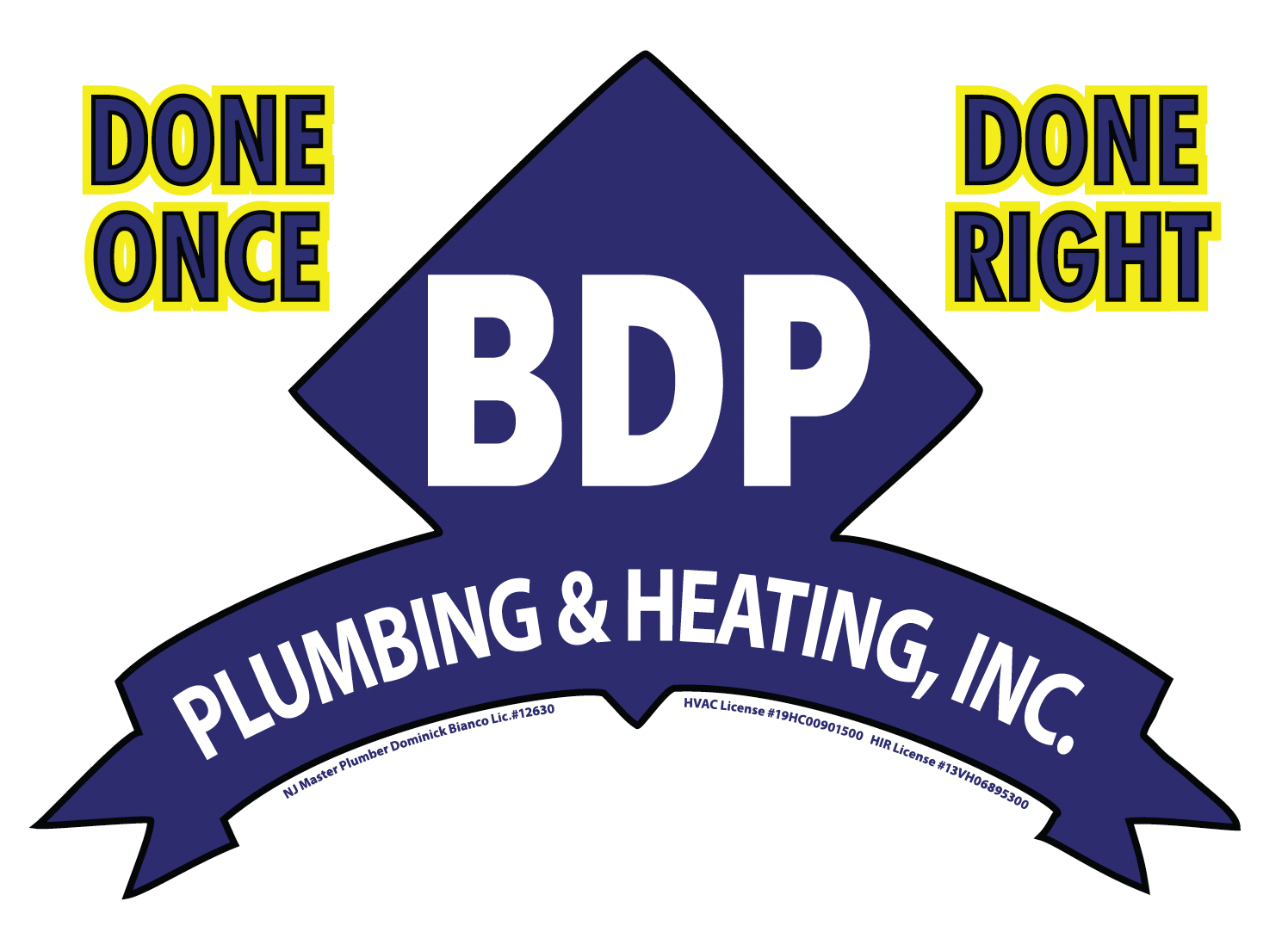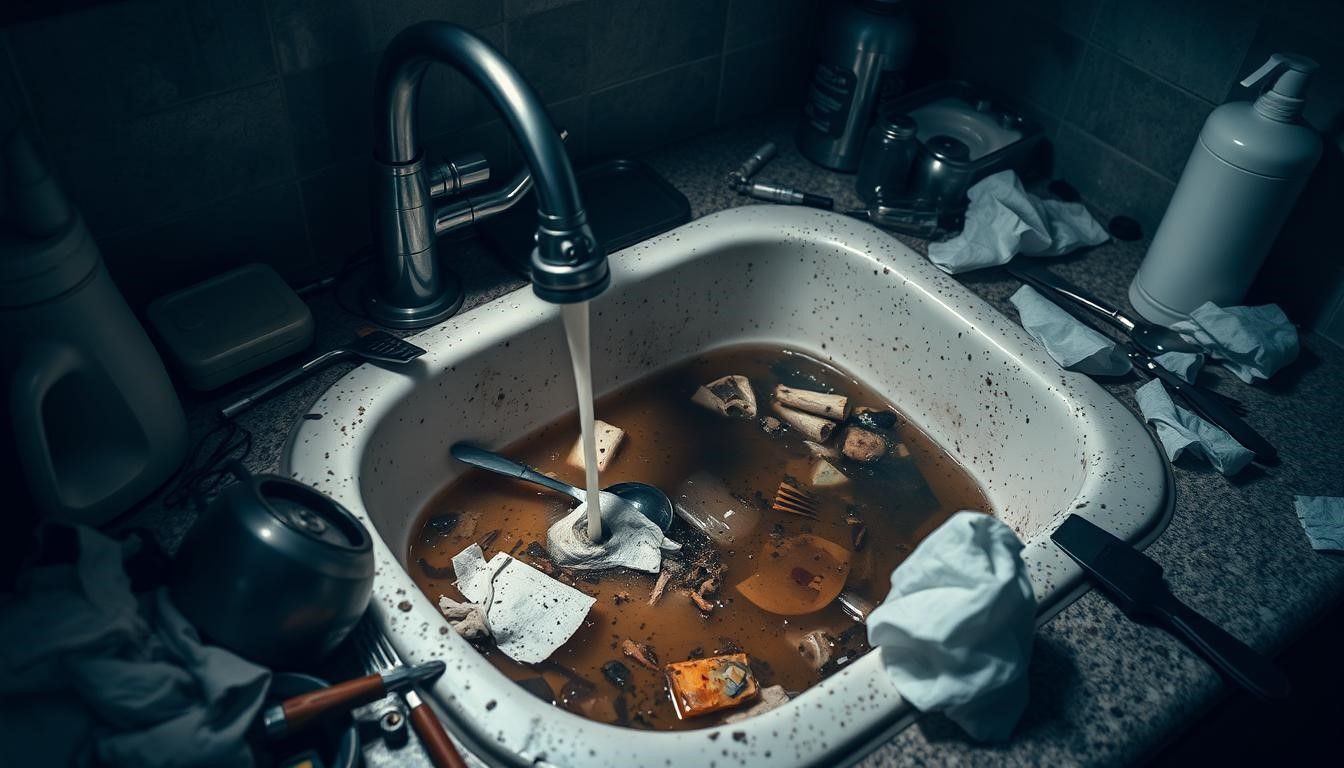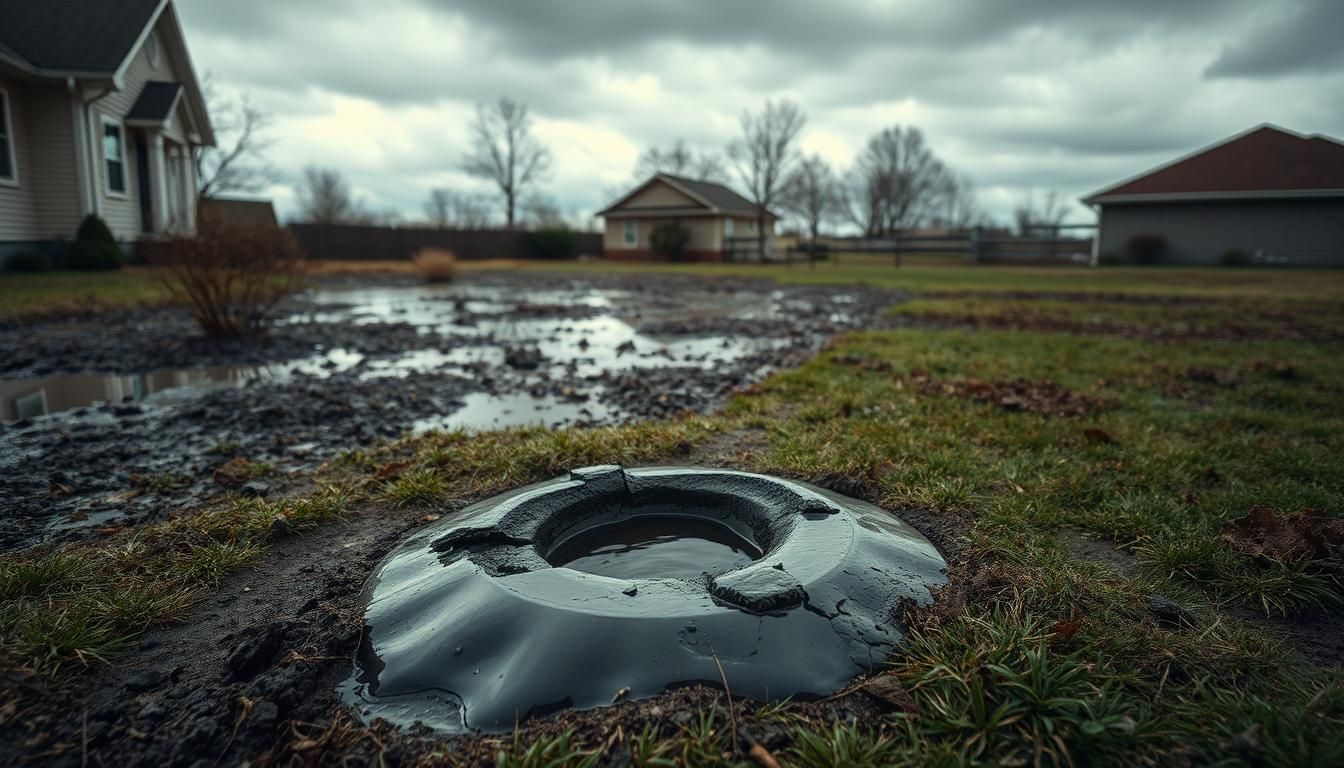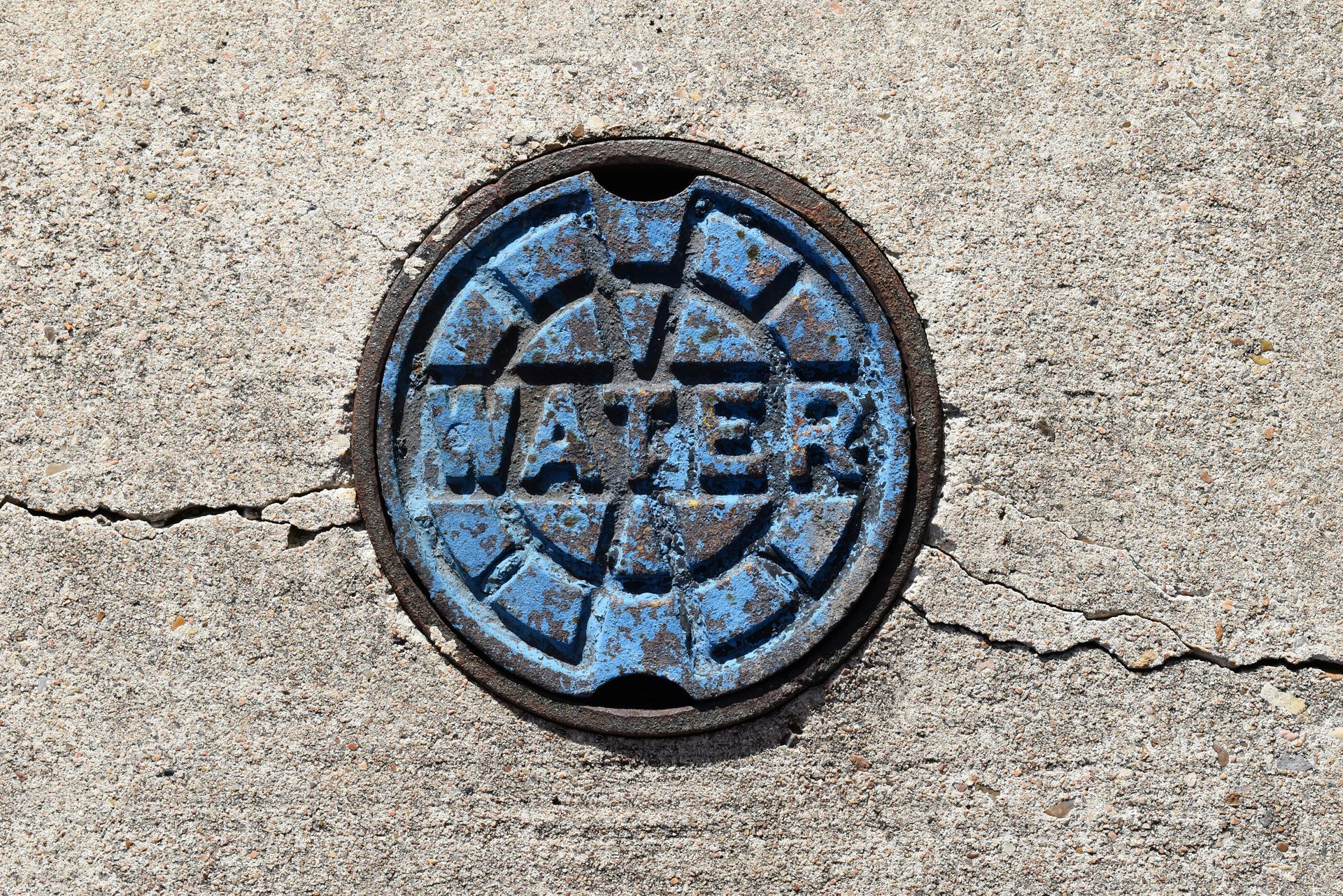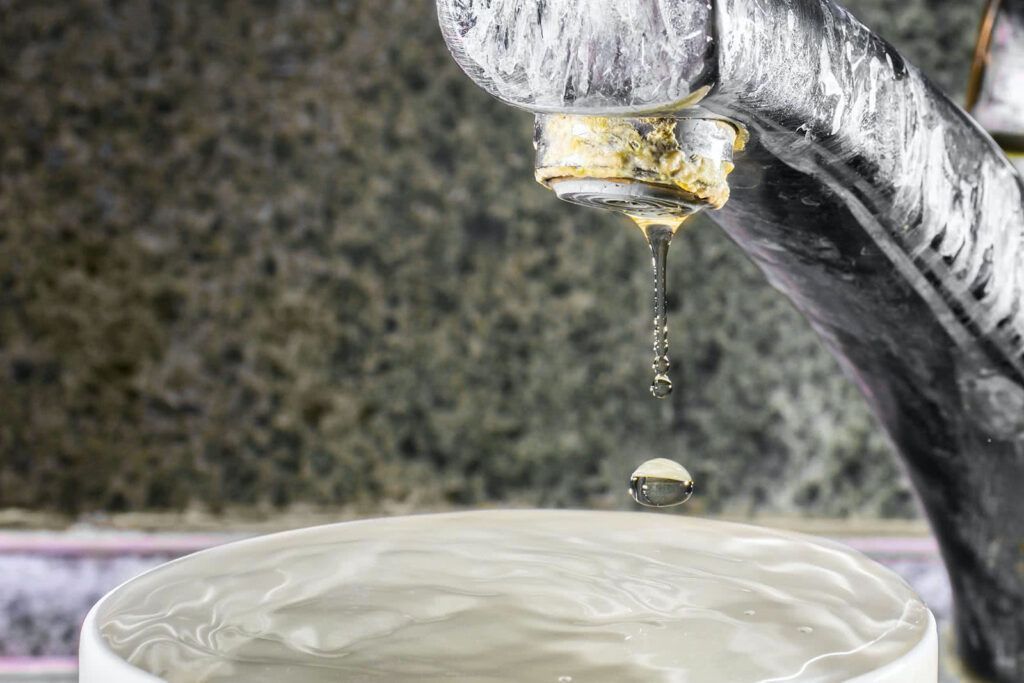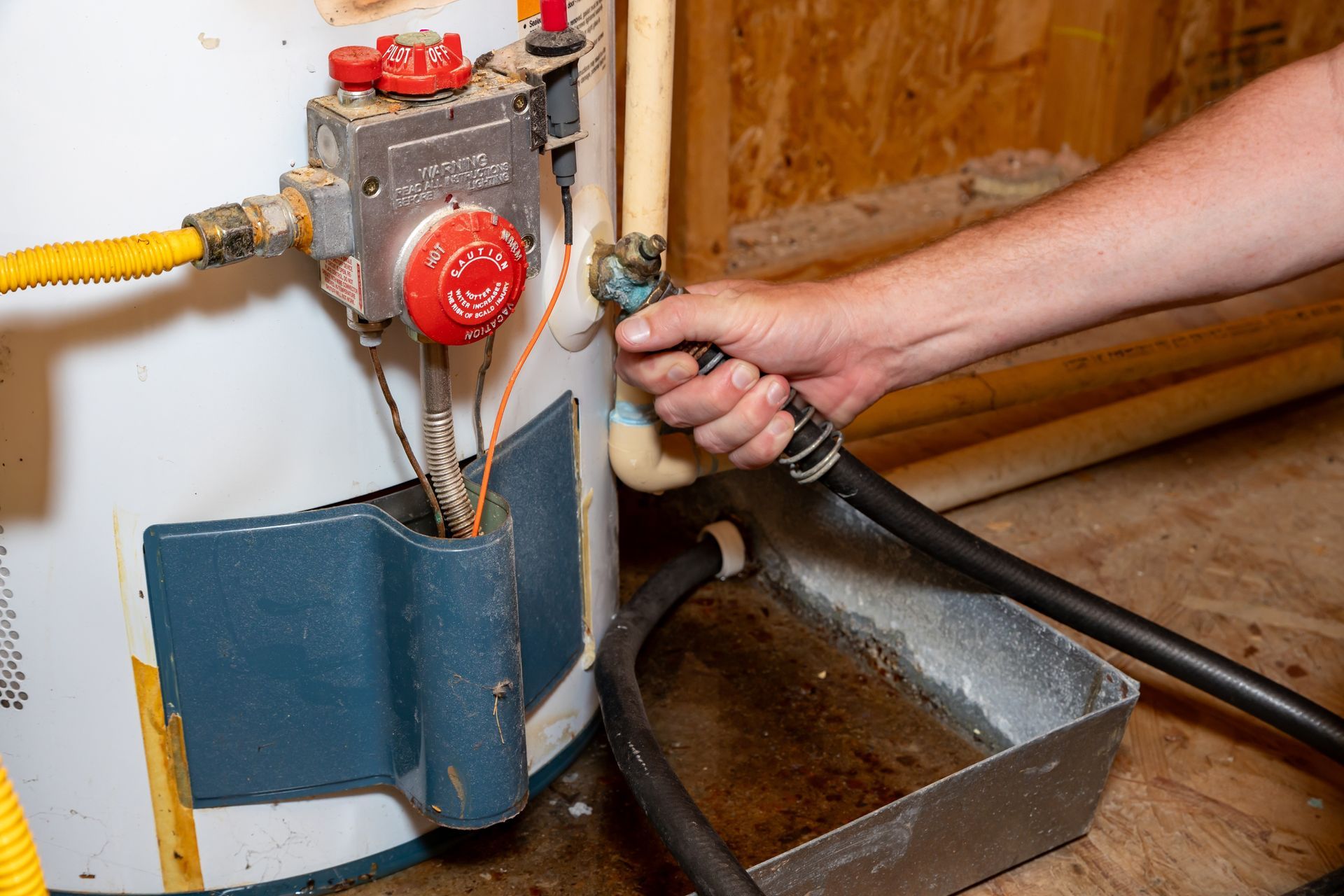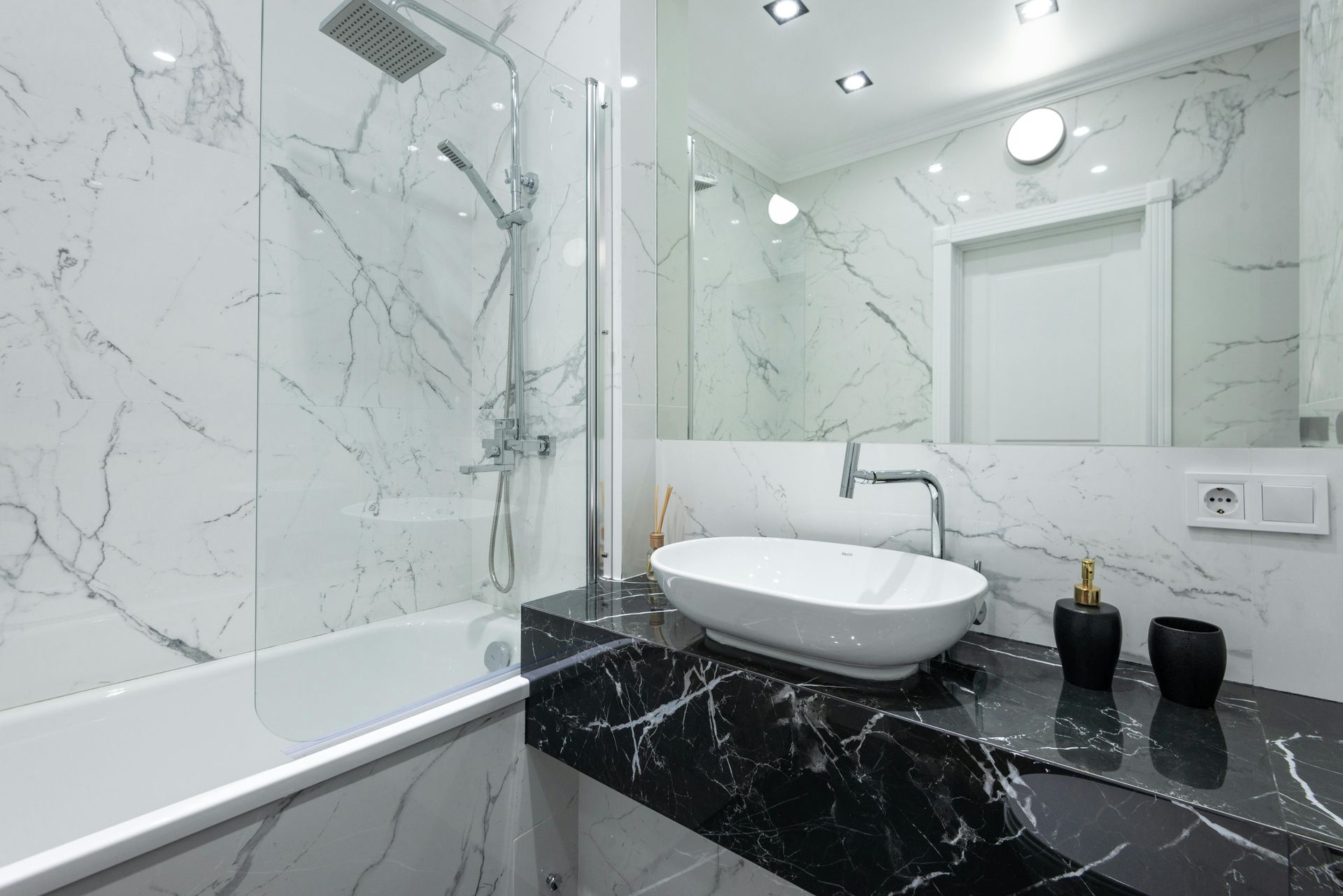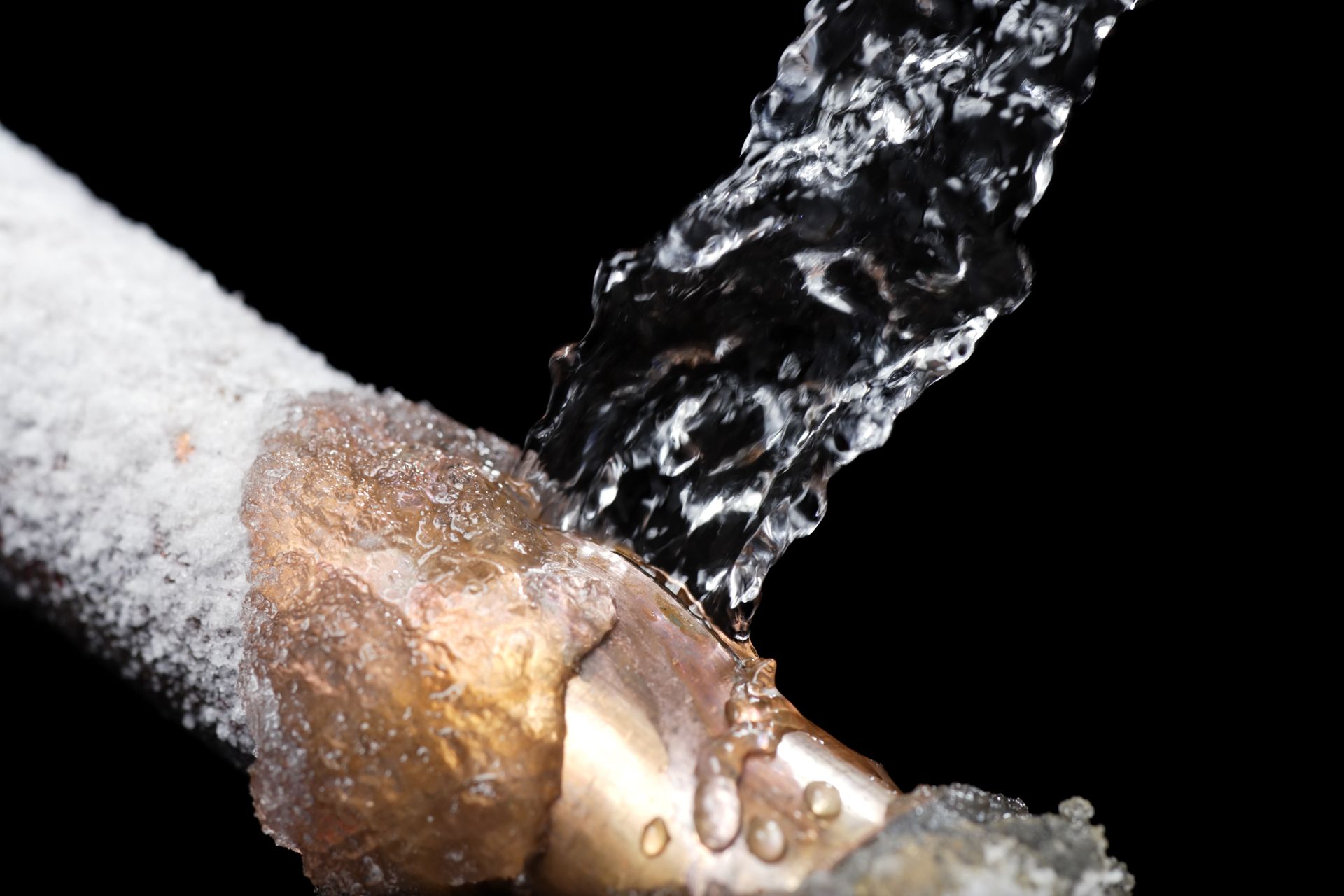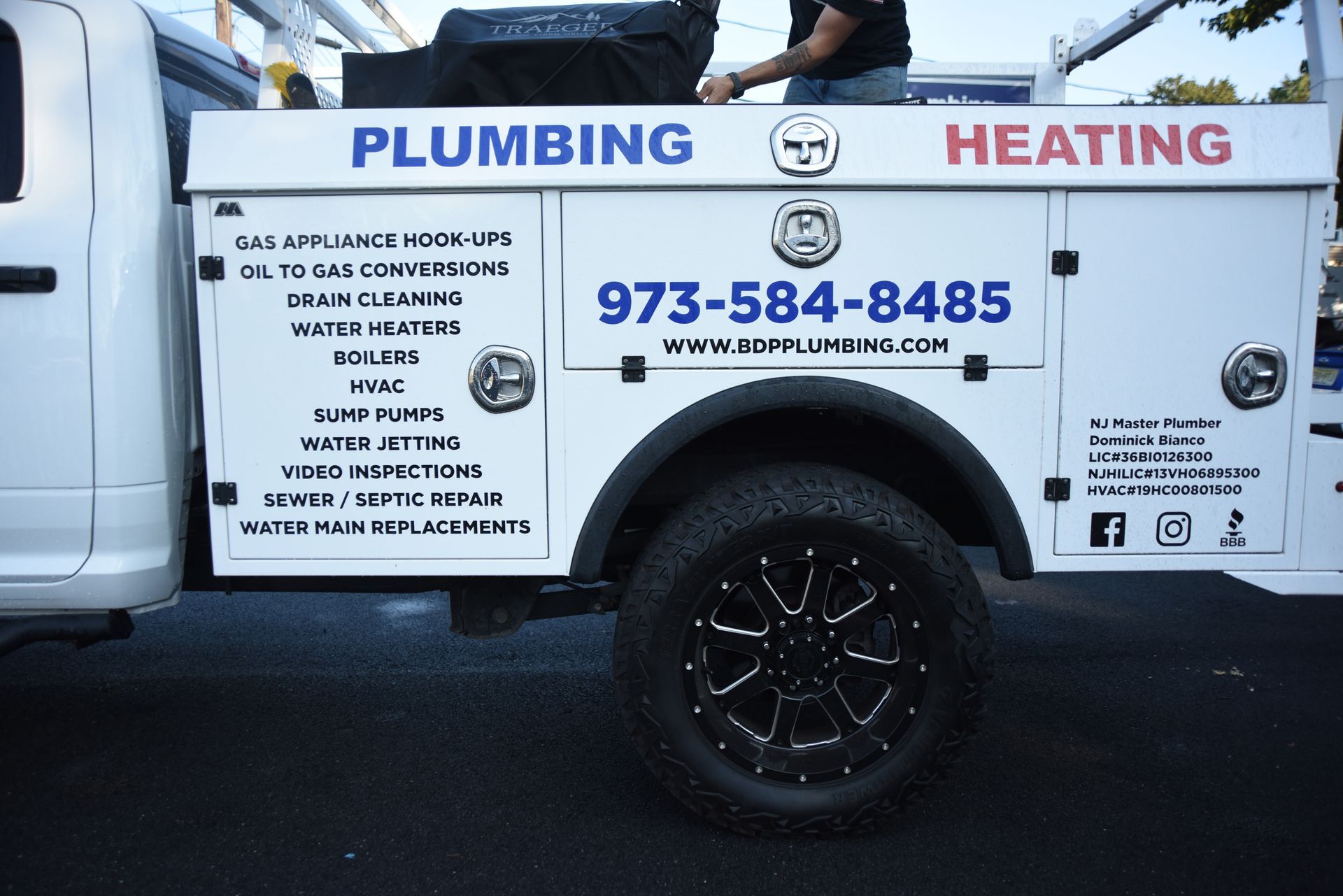How to Clean a Showerhead: Tips from BDP Plumbing & Heating
A properly functioning
showerhead is essential for a refreshing
shower experience. Mineral buildup can significantly reduce
water pressure and flow, making it a nuisance. BDP Plumbing & Heating, Inc. has been a specialist of choice for home and business owners in Morris and Sussex Counties for over a decade.
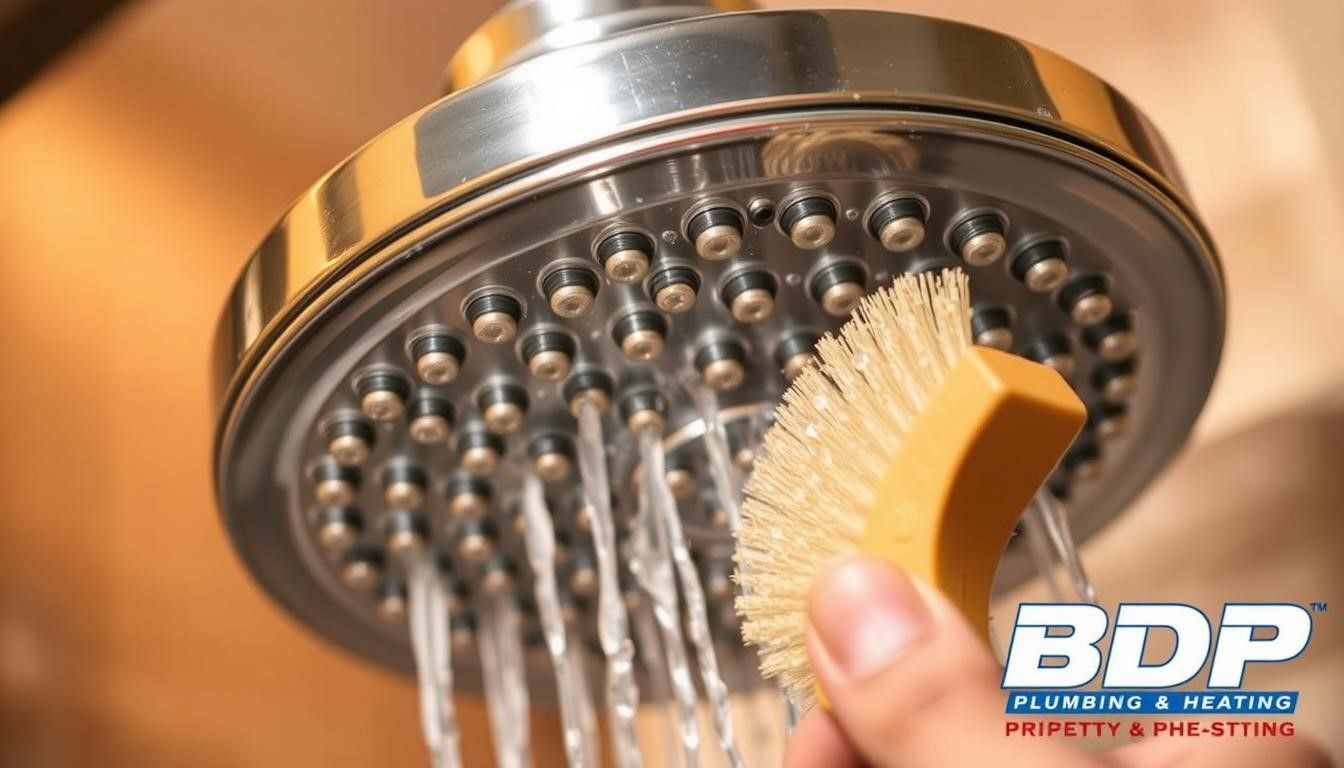
Regular maintenance of your showerhead not only improves your shower experience but also extends the life of your bathroom fixtures. Understanding the causes of showerhead problems helps you prevent issues before they require professional intervention. Our comprehensive guide will walk you through effective methods to restore your showerhead to optimal performance.
Key Takeaways
- Regular cleaning improves water pressure and flow.
- Mineral buildup can significantly reduce showerhead performance.
- Simple cleaning techniques can be done without removing the showerhead.
- Deep cleaning methods can help restore optimal performance.
- BDP Plumbing & Heating's expert tips are based on years of experience.
Why Your Showerhead Needs Regular Cleaning
The quality of your shower experience is directly related to the cleanliness of your showerhead. When mineral-rich water, or hard water, evaporates, it leaves behind deposits of calcium and magnesium. This crusty gunk clogs the showerhead, blocking the water flow and leaving you with an unclean shower.
Signs of a Clogged Showerhead
A clogged showerhead can manifest in several ways. Common signs include water spraying in random directions, reduced water pressure, and visible white or greenish buildup on the nozzles. If you notice any of these symptoms, it's likely that your showerhead needs cleaning.
| Signs | Description |
|---|---|
| Random Spray Patterns | Water spraying in different directions |
| Reduced Water Pressure | Lower than usual water pressure |
| Visible Buildup | White or greenish deposits on the nozzles |
The Science Behind Mineral Buildup
The science behind mineral buildup involves the evaporation of hard water, which leaves behind deposits of calcium and magnesium. Over time, these deposits harden and become difficult to remove, affecting the performance of your shower. Regular cleaning can prevent this buildup and maintain a clean shower experience.
What You'll Need to Clean Your Showerhead
Before you start cleaning your showerhead, it's essential to gather the necessary supplies. Having everything ready will make the process more efficient.
Basic Cleaning Supplies
For a basic cleaning, you'll need a few common household items. These include
white vinegar, a
plastic bag large enough to cover your showerhead,
rubber bands to secure the bag, and a
soft cloth for wiping down the showerhead after cleaning. White vinegar is particularly effective due to its acidity, which helps dissolve mineral deposits without damaging most showerhead finishes.
Optional Tools for Thorough Cleaning
For a more thorough cleaning, consider using additional tools. Baking soda can be mixed with vinegar to create a powerful cleaning agent. An old toothbrush can be used to scrub hard-to-reach areas, and a toothpick can help clear individual nozzles. If you plan to remove your showerhead, you'll also need an adjustable wrench and plumber's tape for resealing.
Method 1: How to Clean a Showerhead Without Removing It
You can clean your showerhead effectively without taking it off the shower arm. This method is ideal for regular maintenance and helps maintain water quality and pressure.
The Vinegar Bag Method
The vinegar bag method is a simple and effective way to clean your showerhead. Begin by filling a plastic
bag halfway with white
vinegar. Carefully
place the bag over your
showerhead, ensuring all
nozzles are submerged in the solution, then secure it tightly with
rubber bands around the shower arm. Allow the
showerhead to
soak in the solution for at least 30 minutes; heavily clogged showerheads may benefit from an overnight soak.
The Vinegar and Baking Soda Mixture
For a more powerful cleaning reaction, you can use a mixture of vinegar and baking soda. This mixture creates a fizzing action that helps dislodge stubborn buildup from within the nozzles. After soaking, remove the bag and run hot water through the showerhead for a minute to flush out dissolved mineral deposits and any remaining vinegar. For stubborn deposits, use a soft toothbrush to gently scrub the nozzles.
Method 2: Deep Cleaning by Removing the Showerhead
For a more thorough cleaning, removing the showerhead is a great option. This method allows you to access the internal components where mineral buildup often occurs.
Safely Removing Your Showerhead
Begin by placing a towel in the sink or tub to prevent damage to fixtures. Use an adjustable wrench to carefully loosen the
showerhead from the shower arm by turning it counterclockwise. Once removed, inspect the
showerhead for the flow restrictor and filter screen, which are often located at the point where water enters the
showerhead and frequently collect debris.
Cleaning the Internal Components
Create a soaking solution in a large
bowl using equal parts white
vinegar and
water, then submerge the disassembled
showerhead completely, ensuring the solution can reach all internal passages. Allow the
showerhead to soak for at least one hour; heavily clogged units may require overnight soaking for best results.
Proper Reassembly Tips
After soaking, use an old toothbrush to gently scrub all accessible parts. Before reassembly, rinse all components thoroughly with clean water to remove any vinegar residue and loosened deposits. When reattaching the showerhead, apply new plumber's tape to the shower arm threads in a clockwise direction to ensure a watertight seal.
| Step | Action | Tools Needed |
|---|---|---|
| 1 | Remove the showerhead | Adjustable wrench |
| 2 | Soak the showerhead | Large bowl, vinegar, water |
| 3 | Scrub and rinse | Old toothbrush |
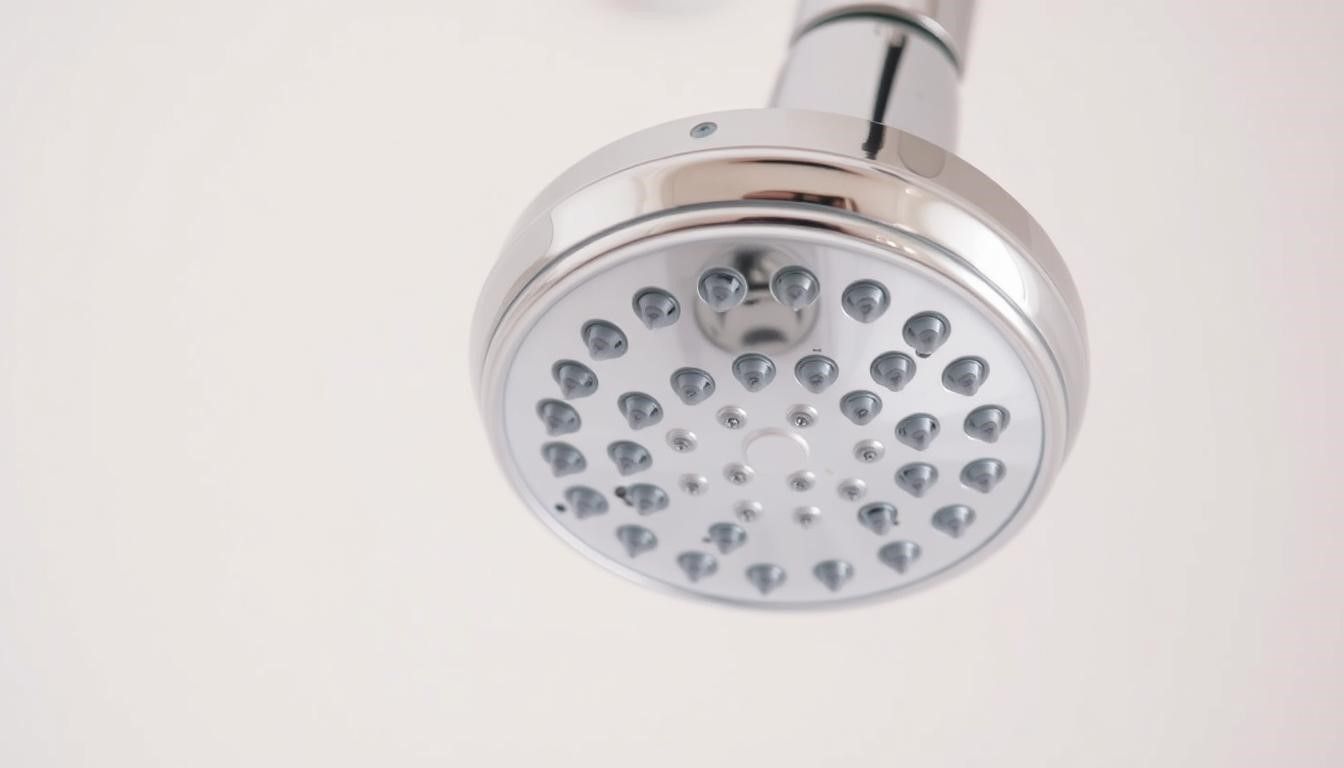
Tackling Stubborn Mineral Deposits and Stains
Removing stubborn mineral deposits and stains from your showerhead requires the right techniques and cleaning solutions. Mineral buildup can significantly affect the performance of your showerhead, reducing water flow and overall shower experience.
What Not to Use on Your Showerhead
It's crucial to avoid using abrasive cleaners or tools that can damage the
showerhead's surface. Avoid products containing bleach or acids designed to remove rust, as well as toilet bowl cleaners, as they can harm the finish and void manufacturer warranties. Even gentle cleaning tools like Magic Erasers or the scrubby side of kitchen sponges can scratch surfaces, especially those with decorative finishes.
Safe Solutions for Tough Buildup
For stubborn deposits, increase the concentration of vinegar in your cleaning solution and extend the soaking time to 24 hours. Alternatively, a paste made from baking soda and water can be applied to visible stains and gently worked into the surface with a soft cloth. For chrome showerheads, a specialized chrome cleaner can be effective. Regular cleaning with gentle methods prevents the formation of stubborn deposits, maintaining your showerhead's performance and longevity.
Maintaining Your Showerhead and When to Call BDP Plumbing & Heating
For a consistently great shower, maintaining your showerhead is vital. Regular maintenance extends its lifespan and ensures optimal performance. In areas with hard water, monthly cleaning is recommended.
A quick weekly wipe-down with a soft cloth after showering can prevent significant buildup. Consider installing a water softener if you struggle with mineral deposits. While DIY methods are effective for routine maintenance, professional assistance from BDP Plumbing & Heating is available when needed.
Contact us at
973-584-8485 for issues like persistent leaks or significant changes in water pressure. Our experienced technicians serve homeowners in Morris and Sussex Counties, providing prompt, reliable service. For all your plumbing needs, remember to "Make the Right Choice with BDP."
Frequently Asked Questions About Clean a Showerhead
What is the best way to remove mineral deposits from my showerhead?
Soaking your showerhead in a mixture of vinegar and water or using a solution of baking soda and water can effectively remove mineral deposits. For tougher buildup, you can also try using a toothbrush to gently scrub away the deposits.
Can I use bleach to clean my showerhead?
No, it's not recommended to use bleach to clean your showerhead as it can damage the surface and harm the internal components. Instead, opt for a gentle cleaning solution like vinegar or baking soda.
How often should I clean my showerhead?
It's a good idea to clean your showerhead every 1-3 months, depending on the water quality in your area and how often you use it. Regular cleaning can help prevent mineral buildup and keep your showerhead functioning properly.
Can I clean my showerhead without removing it from the wall?
Yes, you can clean your showerhead without removing it by using the vinegar bag method or a cleaning solution with baking soda. Simply tie a plastic bag filled with the cleaning solution around the showerhead and let it soak for a few hours or overnight.
What are some signs that my showerhead needs to be cleaned?
If you notice a decrease in water pressure, uneven water distribution, or visible mineral buildup on the surface, it's likely time to clean your showerhead.
Can I use CLR to clean my showerhead?
While CLR can be effective at removing mineral deposits, it's not always the best option as it can be harsh on some surfaces. Vinegar and baking soda are generally safer and just as effective.
